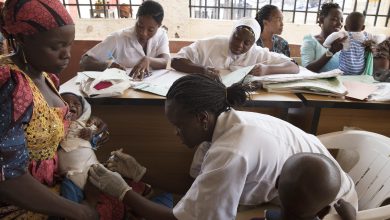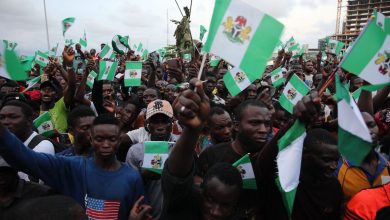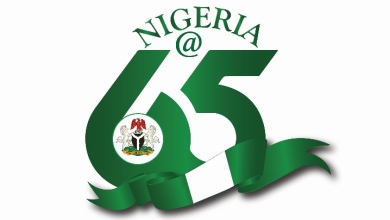The Silenced War: Why the World Needs Independent Journalism in Gaza
Since October 2023, Israel has enforced a near-total ban on independent foreign journalists entering Gaza, a decision that continues to have devastating implications for global understanding of the war in the besieged Palestinian territory. More than a year into the conflict, this restriction remains a glaring obstruction to press freedom, accountability, and the global public’s right to know.
In a conflict defined by devastation, displacement, and mass civilian casualties, the absence of external media has allowed narratives to be shaped by official statements, fragments of footage, and sporadic updates from humanitarian organizations. On the ground, only local Palestinian journalists remain, risking their lives daily to document atrocities, destruction, and despair with little to no protection.
As of August 2025, at least 232 journalists and media workers have been killed in Gaza since hostilities escalated, according to reports compiled by press freedom groups including the Committee to Protect Journalists (CPJ) and Reporters Without Borders (RSF). These deaths mark the deadliest period for journalists in modern history and underscore the extreme dangers faced by media professionals operating without the support systems typically available to international press.

Photographs and videos from Gaza, often the only windows the world has into the war zone, show children sheltering under rubble, makeshift hospitals overwhelmed by casualties, and families burying loved ones in craters left by airstrikes. These visual accounts, provided almost entirely by Palestinian journalists and citizen reporters, have become the frontline evidence in understanding what is unfolding inside Gaza. Yet their ability to report is diminishing by the day.
International media organizations such as the Associated Press, BBC, Al Jazeera, CNN, and others have repeatedly applied for access, often with embedded requests to report independently and safely. All have been denied. Instead, journalists can only access Gaza when accompanied by the Israel Defense Forces (IDF), under tightly controlled conditions. Such arrangements, while occasionally producing useful content, are limited in scope and fail to meet the standards of independent reporting.
Human Rights Watch, Amnesty International, and press advocacy groups have condemned the restrictions, noting that the ban violates international obligations to uphold press freedom in conflict zones. “The public has a right to know what is happening in Gaza,” said RSF Secretary-General Christophe Deloire in a March 2025 statement. “Denying access to foreign journalists allows atrocities to go unverified and justice to be delayed.”
Without foreign media on the ground, verifying allegations of war crimes, aid obstruction, or mass civilian suffering becomes extremely difficult. Humanitarian agencies have reported famine-like conditions in northern Gaza, where food, water, and medicine are in critically short supply. Satellite imagery and intercepted communications have corroborated some reports, but the lack of physical verification limits their credibility in legal and policy arenas.
Despite these challenges, local journalists continue to report with courage and resilience. One such example is Motaz Azaiza, whose Instagram and Twitter posts have garnered millions of followers. His footage, often taken within minutes of airstrikes, shows the immediacy and human toll of the conflict. But even these efforts are hampered by electricity blackouts, communications shutdowns, and the psychological trauma of reporting on one’s own community.
Many of these reporters operate without helmets, body armor, or escape plans. In some cases, journalists were targeted while covering civilian evacuations or medical responses. According to the Palestinian Journalists Syndicate, media personnel have also suffered detentions, building demolitions, and family losses during the war.
As the war grinds into its second year, the call for accountability and transparency grows louder. Legal scholars have noted that documentation from independent media often plays a crucial role in international investigations and tribunals. When only one side controls the narrative and access, the truth becomes a casualty.
The Israeli government has defended its restrictions by citing security concerns, including the risk of kidnapping or harm to foreign journalists. However, critics argue that such concerns could be mitigated through neutral oversight, embedded safety protocols, and international collaboration measures that have proven successful in previous war zones such as Syria, Iraq, and Ukraine.
The international community must do more. The United Nations, the European Union, and media rights watchdogs should pressure Israel to immediately lift the ban and allow regulated, independent access to Gaza. Without this, the world remains reliant on secondary sources, and justice for victims, both Palestinian and Israeli, remains out of reach.
The current model not only stifles press freedom but also sets a dangerous precedent that warring states can control narratives by blocking access. If this becomes the norm, future conflicts may unfold under similar blackouts, leaving the global public blind and victims voiceless.
Journalism is not just a profession in times of war; it is a lifeline. It is the lens through which truth survives propaganda and through which humanity confronts its darkest moments. Gaza, a territory suffering immense trauma, deserves to be seen. Not through state-controlled footage or filtered headlines, but through the clear, unflinching eyes of journalists with the freedom to tell the truth.
The war in Gaza is not only a military conflict. It is a battle over narratives, justice, and memory. And until the gates are opened to the press, that battle remains unjustly tilted.
It is time for the global media, rights organizations, and civil society to insist, unequivocally: Let the world see Gaza. Let the journalists in.



